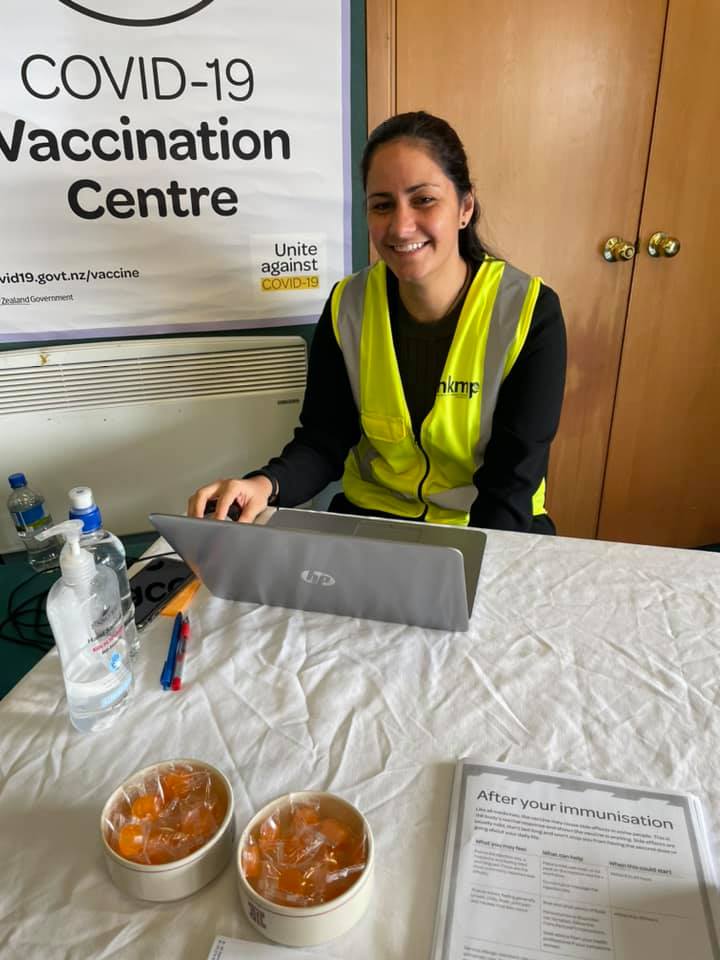Breaking down barriers to immunisation is a sector-wide job

Loretta Roberts, National Director of the Immunisation Advisory Centre (IMAC) responds to the Immunisation Taskforce report Initial Priorities for the National Immunisation Programme in Aotearoa (the report).

The Immunisation Advisory Centre welcomes the report of the Immunisation Taskforce.
It is great to see Te Whatu Ora prioritising sector-wide improvements to lift immunisation rates. We are already working with them on a number of recommendations and look forward to progressing these alongside Te Whatu Ora and Te Aka Whai Ora and all those in the sector who support and provide the National Immunisation Programme.
IMAC was set up in 1997 by a small number of vaccination experts in response to low childhood immunisation rates, which were around 60 percent overall, lower for our Māori and Pacific tamariki. Huge progress was made with the advocacy, education and information services of IMAC and others, which led to a focus on this issue by Ministry, regional and district health organisations. By working together with the sector, using targets and resourcing, significant progress was made. By 2012 New Zealand vaccination rates for 2 year olds reached 93 percent overall, and 92 percent for Māori.
The drop since then is serious, likely caused by a number of issues, including access and the spread of misinformation. However, the huge vaccination rates achieved for COVID-19 in the initial vaccination period, ie over 90 percent of those eligible, show that we can lift vaccination rates quickly with the right focus, flexibility of approach and resourcing.
There are sector wide issues that are raised by the Immunisation Taskforce, which we all agree, definitely need addressing. We do not want barriers of any form in the way of immunisation.
The report discusses the ‘authorisation process’ which, as the Taskforce notes, is governed by legislation, administered by the Ministry of Health and implemented by medical officers of health. IMAC’s role is providing vaccinator education and training and supporting those who have been trained. It is one part of the system that supports the National Immunisation Programme.
We have played a key role in breaking down barriers by implementing new vaccination training pathways that are working for Māori and Pacific healthcare providers and the pharmacy sector.
The first was providing training for the Covid Vaccinator Working Under Supervision, which has now expanded to the Vaccinating Health Worker role. These roles were key to delivering high COVID vaccination rates. We have also advocated to update the Medicines Act so that a greater variety of vaccines can be administered by a greater range of health workers, pharmacies and other outlets. IMAC and the Ministry of Health (at the time) also worked rapidly to put in place the Provisional Vaccinator Foundation Course that allowed more vaccinators to give MMR, Influenza and then COVID vaccine in the early days of the pandemic, to provide support to the existing workforce.
We have significantly increased access to our courses over the last three years, both face to face and online and have implemented a new Learning Management System that is able to support and provide education to the increased workforce.
IMAC’s goal is that all communities are equitably protected from vaccine-preventable diseases. To contribute to this goal, our experts provide advice on immunisation to the health workforce, Government and media. We also provide education, communications and professional development on everything vaccine-related to the health workforce.
It is a top priority for us to support the work of Māori, Pacific, and other health providers to ensure our services support greater equity, and better outcomes for everyone.
A new plan ahead, using the recommendations from the Taskforce report, is very timely and exactly what is needed.
Background information
Immunisation coverage at 2 years of age, 1993 - 2021

This slide shows the positive progress made in improving immunisation coverage from 1993 until 2021, and demonstrates the impact of successive Government actions and strategies on coverage rates. However there is a worrying decline since 2016. This is something we can all work on, one child at a time.
It is important to acknowledge that immunisation has been the subject of many reports and enquiries. The development of the National Immunisation Register allows us to more accurately measure the immunisation rate but only includes a full immunisation picture for those born from dates in 2005.

Trending News








